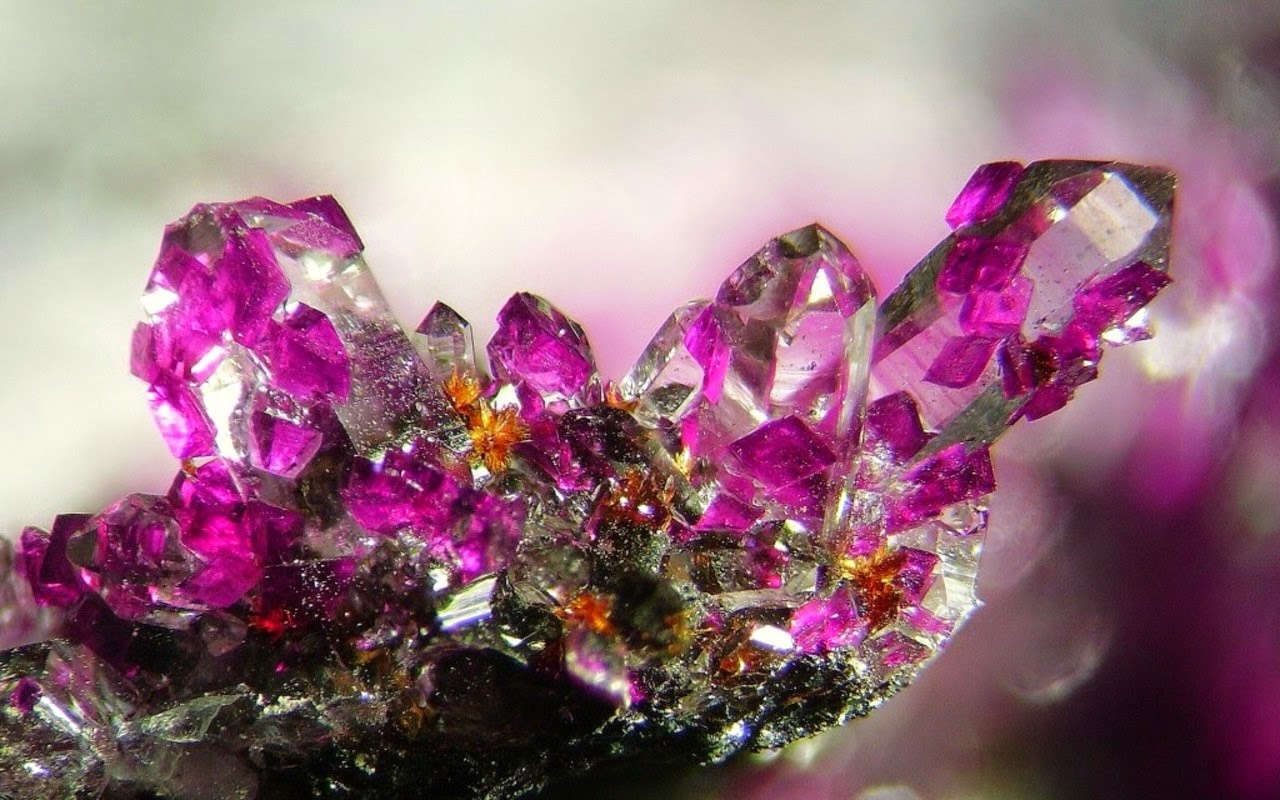
Spherocobaltite, also known as cobalt carbonate, is a captivating mineral with a vibrant pink hue. Found in various parts of the world, this mineral is not just a pretty face; it has intriguing properties and uses. Did you know that spherocobaltite is often associated with cobalt ores and can be an indicator of cobalt deposits? Its striking color makes it a favorite among mineral collectors. Beyond its aesthetic appeal, spherocobaltite plays a role in the production of cobalt, which is essential for creating rechargeable batteries and superalloys. Curious about more fascinating facts about this unique mineral? Keep reading to uncover 30 intriguing tidbits about spherocobaltite!
Key Takeaways:
- Spherocobaltite, a vibrant pink mineral, is found in various countries and has practical uses in pigments and jewelry. It's also studied for its unique properties and is a valuable addition to mineral collections.
- With a pink hue and a hardness of 4 to 4.5 on the Mohs scale, spherocobaltite is a rare and valuable addition to mineral collections. It's also used in pigments, jewelry, and scientific research.
What is Spherocobaltite?
Spherocobaltite, also known as cobalt carbonate, is a fascinating mineral with a vibrant pink hue. This mineral is not only visually striking but also holds significant scientific interest. Let's dive into some intriguing facts about spherocobaltite.
-
Chemical Composition: Spherocobaltite is composed of cobalt carbonate (CoCO₃).
-
Color: Its distinctive pink color comes from the presence of cobalt.
-
Crystal System: It belongs to the trigonal crystal system.
-
Hardness: On the Mohs scale, spherocobaltite has a hardness of 4 to 4.5.
-
Transparency: This mineral can range from transparent to translucent.
-
Luster: Spherocobaltite typically exhibits a vitreous to pearly luster.
Where is Spherocobaltite Found?
Spherocobaltite is found in various parts of the world, often in cobalt-rich environments. Here are some notable locations:
-
Germany: The Schneeberg district in Saxony is a well-known source.
-
Morocco: The Bou Azzer district is famous for its cobalt minerals.
-
Czech Republic: Found in the Pribram mining district.
-
USA: Occurs in the Blackbird mine in Idaho.
-
Australia: Located in the Mount Isa region.
-
Canada: Found in the Cobalt district of Ontario.
Uses of Spherocobaltite
While spherocobaltite is primarily a collector's mineral, it has some practical applications as well.
-
Pigments: Used to produce vibrant cobalt pigments.
-
Jewelry: Occasionally used in jewelry due to its striking color.
-
Scientific Research: Studied for its unique properties and composition.
-
Educational Specimens: Often used in educational settings to teach about minerals.
Physical Properties of Spherocobaltite
Understanding the physical properties of spherocobaltite can help in identifying and studying this mineral.
-
Density: Has a density of approximately 4.13 g/cm³.
-
Cleavage: Exhibits perfect cleavage in three directions.
-
Fracture: Shows a conchoidal to uneven fracture.
-
Streak: Leaves a light pink streak when scratched on a porcelain plate.
-
Refractive Index: Ranges from 1.60 to 1.75.
Interesting Facts about Spherocobaltite
Here are some lesser-known yet fascinating facts about this mineral.
-
Formation: Forms in hydrothermal veins and as a secondary mineral in cobalt-rich deposits.
-
Associations: Often found alongside minerals like erythrite, skutterudite, and cobaltite.
-
Historical Use: Historically used as a source of cobalt for blue pigments in ceramics and glass.
-
Radioactivity: Spherocobaltite is not radioactive.
-
Solubility: Soluble in acids, which can help in its identification.
-
Fluorescence: Does not exhibit fluorescence under UV light.
Collecting Spherocobaltite
For mineral collectors, spherocobaltite is a prized addition due to its rarity and beauty.
-
Value: High-quality specimens can be quite valuable.
-
Handling: Should be handled with care due to its relative softness.
-
Storage: Best stored in a dry environment to prevent damage from moisture.
The Fascinating World of Spherocobaltite
Spherocobaltite, a rare and vibrant mineral, captivates with its striking pink to red hues. Found primarily in cobalt-rich environments, this mineral often forms in hydrothermal veins. Its unique crystal structure, composed of cobalt carbonate, makes it a subject of interest for both geologists and collectors.
Beyond its beauty, spherocobaltite holds significance in scientific research. Its formation process provides insights into geological conditions and mineralogy. Additionally, the mineral's cobalt content is valuable for industrial applications, including battery production and alloys.
Collectors prize spherocobaltite for its aesthetic appeal and rarity. Specimens can fetch high prices, especially those with well-formed crystals and intense coloration. Whether you're a geologist, collector, or simply a fan of natural wonders, spherocobaltite offers a glimpse into the Earth's hidden treasures. Its allure and scientific importance make it a gem worth exploring.
Frequently Asked Questions
Was this page helpful?
Our commitment to delivering trustworthy and engaging content is at the heart of what we do. Each fact on our site is contributed by real users like you, bringing a wealth of diverse insights and information. To ensure the highest standards of accuracy and reliability, our dedicated editors meticulously review each submission. This process guarantees that the facts we share are not only fascinating but also credible. Trust in our commitment to quality and authenticity as you explore and learn with us.
